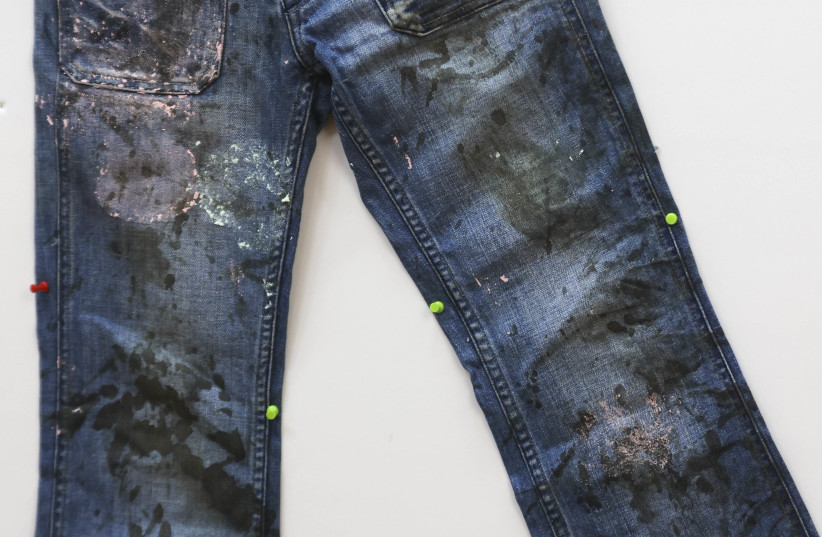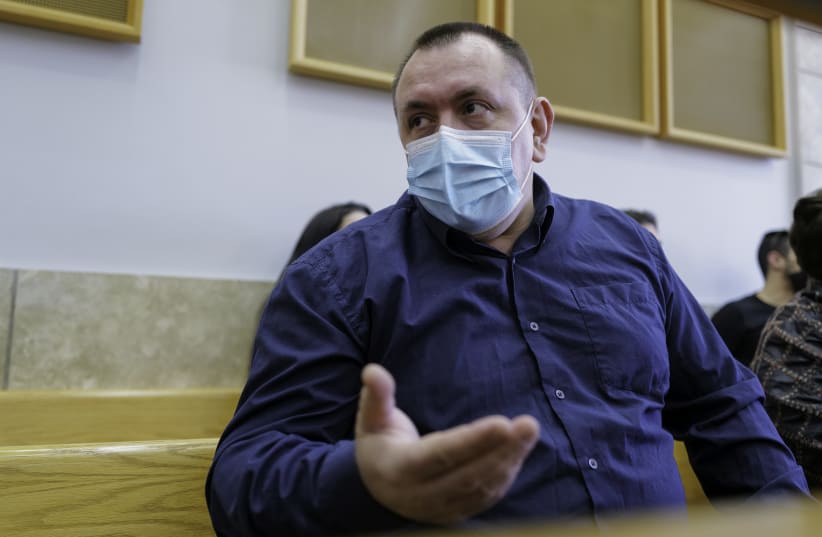Nazareth District Court Judge Asher Kula told the state prosecution that their case against Roman Zadorov – in a retrial of his conviction for the 2006 murder of eighth-grader Tair Rada – is on the ropes.
In a rare pre-verdict statement on Tuesday in the middle of Zadorov’s testimony, Kula gave the strongest hint yet that the court may acquit Zadorov.
The Supreme Court in August endorsed the earlier ruling of the Nazareth District Court to release Zadorov to house arrest after 15 years in prison, on the basis of new evidence that led to the retrial.
The new evidence relates to possible DNA evidence in the bathroom area where Rada was killed that cannot be connected to Zadorov, as well as other details that challenge the narrative of the prosecution that led to the original conviction.
Having heard months of testimony about the blood of Rada, and when, scientifically and forensically, it could have gotten on Zadorov’s clothing or shoes, Kula said it was looking more difficult for the prosecution to prove its theory connecting Zadorov to the blood beyond a reasonable doubt.


The judge even contradicted the prosecution in real-time when they tried to emphasize how and why Zadorov was shocked when the prosecution displayed to him the pants he wore the day of the murder.
Despite the Supreme Court’s August ruling, the state prosecution had filed an amended indictment against Zadorov by September.
That amended indictment had been far from a foregone conclusion, following signals from both the Nazareth District Court and even the Supreme Court that the judicial branch would rather see the case dropped.
The prosecution’s hope was that it could still obtain a retrial conviction, having gathered additional evidence to rebut the new evidence raised by the defense.
More specifically, the prosecution previously said that its amended indictment took into account various changes in the criminal law since 2006, and included new witnesses.
One key witness was Olga Karvetzneko, the woman whom the Channel 12 television program Uvda had presented as a possible alternate killer of Rada.
The prosecution’s plan was to bring her as a witness to try to disprove this theory so that only Zadorov remains as Rada’s possible killer.
However, all signs from Tuesday’s hearing were that the new evidence related to Rada’s blood has drilled a hole in the prosecution’s case, which will be hard to repair.
In 2016, the Supreme Court rejected one of Zadarov’s multiple appeals after ordering a different retrial.
However, Justice Yoram Danziger dissented from the conviction in 2016, and others expressed skepticism about the state prosecution’s case.
In December 2006, Rada was found stabbed to death in a bathroom stall at the Nofey Golan School in Katzrin on the Golan Heights.
Zadarov, the school custodian, was arrested less than a week later and was found guilty of murdering 13-year-old Rada in September 2010.
The amended indictment continued to allege that Zadorov slit Rada’s throat in the bathroom.
The case captivated the Israeli media and public: a tragic small-town murder that from the beginning was dogged by rumors. One was that local teenagers had killed Rada, and the town or teachers had covered this up finding an easy fall guy in Zadarov, an immigrant from the former Soviet Union.
